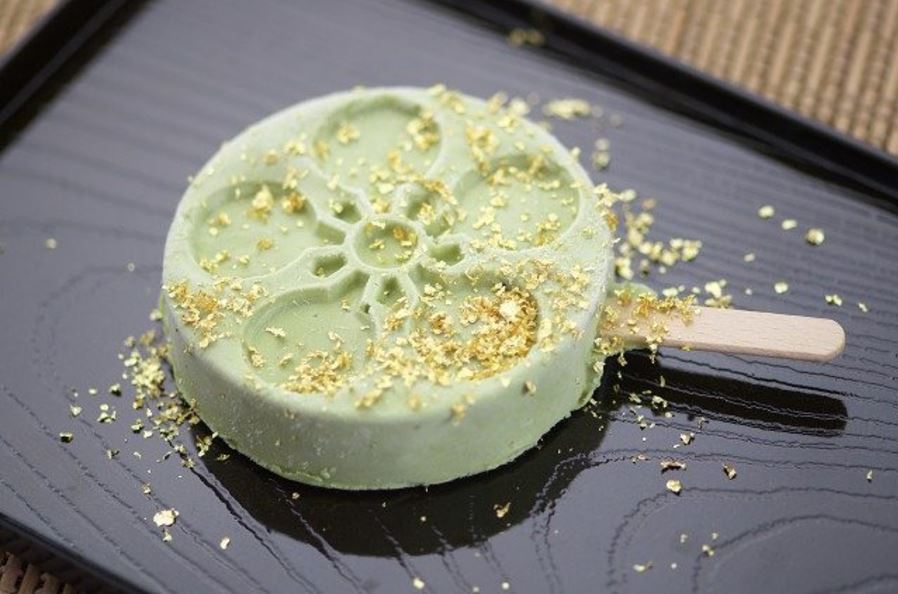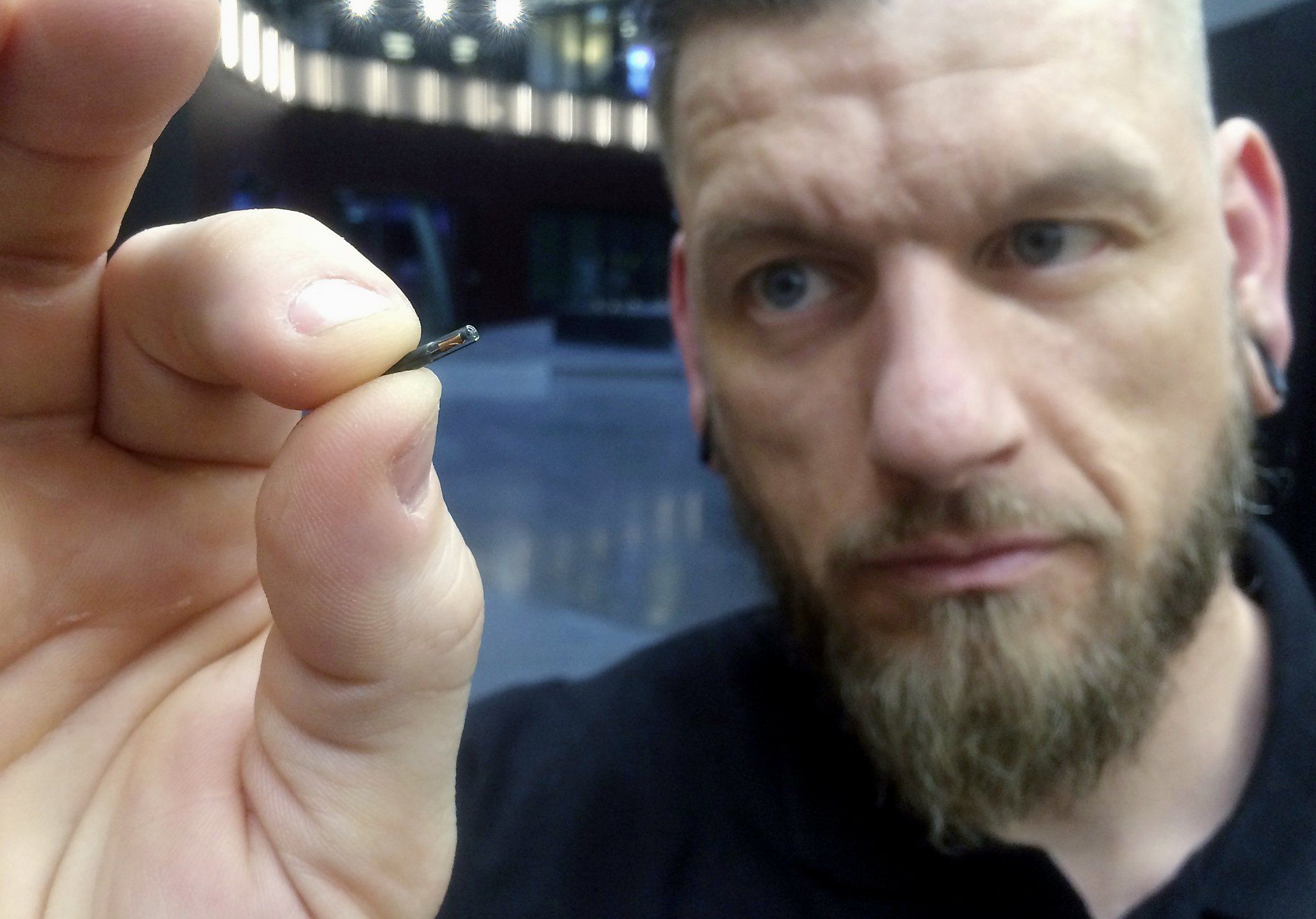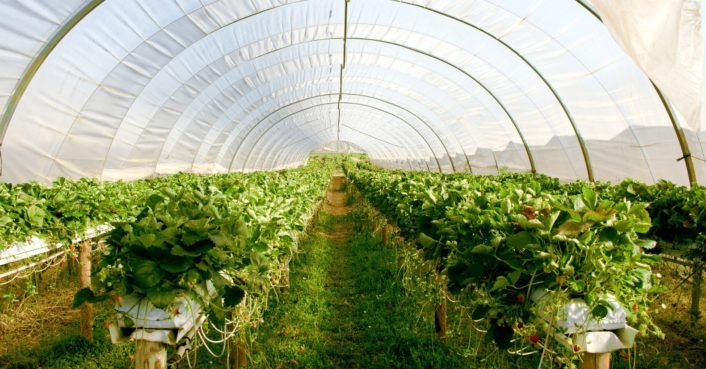Archive for the ‘food’ category: Page 284
Aug 27, 2017
Chip implants make humans more efficient
Posted by Zoltan Istvan in categories: biotech/medical, computing, food, neuroscience, security, transhumanism
My new Op-Ed for The San Francisco Chronicle: http://www.sfchronicle.com/opinion/openforum/article/Chip-im…003194.php #transhumanism
Wisconsin company Three Square Market recently announced it will become the first U.S. company to offer its employees chip implants that can be scanned at security entrances, carry medical information and even purchase candy in some vending machines. A company in Europe already did this last year.
For many people, it sounds crazy to electively have a piece of technology embedded in their body simply for convenience’s sake. But a growing number of Americans are doing it, including me.
Continue reading “Chip implants make humans more efficient” »
Aug 24, 2017
Why Richard Branson, Bill Gates and Jack Welch all invested in this start-up that grows meat in a lab
Posted by Dan Kummer in category: food
Aug 23, 2017
What a Driverless World Could Look Like
Posted by Müslüm Yildiz in categories: biotech/medical, food, robotics/AI, transportation

What if traffic flowed through our streets as smoothly and efficiently as blood flows through our veins? Transportation geek Wanis Kabbaj thinks we can find inspiration in the genius of our biology to design the transit systems of the future. In this forward-thinking talk, preview exciting concepts like modular, detachable buses, flying taxis and networks of suspended magnetic pods that could help make the dream of a dynamic, driverless world into a reality.
“Some people are obsessed by French wines. Others love playing golf or devouring literature. One of my greatest pleasures in life is, I have to admit, a bit special. I cannot tell you how much I enjoy watching cities from the sky, from an airplane window.”
Continue reading “What a Driverless World Could Look Like” »
Aug 21, 2017
In Switzerland, Giant Fans Suck Carbon out of the Air and Feed It to Vegetables
Posted by Shailesh Prasad in category: food
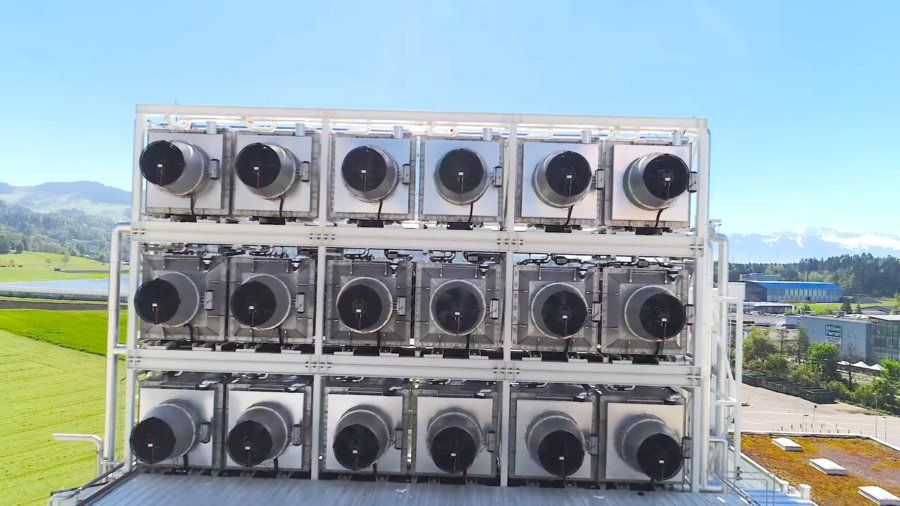
Giant fans start capturing CO2 from the air as the world’s first commercial carbon capture plant goes live.
Aug 20, 2017
While sugar impairs memory and learning skills, eating chocolate improves brain function
Posted by Müslüm Yildiz in categories: biotech/medical, food, neuroscience

Researchers at UCLA (University of California, Los Angeles) conducted a study in 2012 on rats and found that a diet high in fructose hinders learning skills and memory and also slow down the brain. The researchers found that rats who over-consumed fructose had damaged synaptic activity in the brain, meaning that communication among brain cells was impaired.
Study’s lead author Dr. Fernando Gomez-Pinilla said in a statement that “Insulin is important in the body for controlling blood sugar, but it may play a different role in the brain. Our study shows that a high-fructose diet harms the brain as well as the body.”
Aug 20, 2017
The Vertical Farm
Posted by Shailesh Prasad in categories: education, food, sustainability
The term “vertical farming” has not been around long. It refers to a method of growing crops, usually without soil or natural light, in beds stacked vertically inside a controlled-environment building. The credit for coining the term seems to belong to Dickson D. Despommier, Ph.D., a professor (now emeritus) of parasitology and environmental science at Columbia University Medical School and the author of “The Vertical Farm: Feeding the World in the 21st Century.”
Hearing that Despommier would be addressing an audience of high-school science teachers at Columbia on a recent morning, I arranged to sit in. During the question period, one of the teachers asked a basic question that had also been puzzling me: What are the plants in a soil-free farm made of? Aren’t plants mostly the soil that they grew in? Despommier explained that plants consist of water, mineral nutrients like potassium and magnesium taken from the soil (or, in the case of a vertical farm, from the nutrients added to the water their roots are sprayed with), and carbon, an element plants get from the CO2 in the air and then convert by photosynthesis into sucrose, which feeds the plant, and cellulose, which provides its structure.
In other words, plants create themselves partly out of thin air. Salad greens are about ninety per cent water. About half of the remaining ten per cent is carbon. If AeroFarms’ vertical farm grows a thousand tons of greens a year, about fifty tons of that will be carbon taken from the air.
Aug 19, 2017
South Korea is building a $10 billion agriculture city in Egypt
Posted by Montie Adkins in categories: food, solar power, sustainability
South Korea will oversee the construction of an integrated agriculture city in Egypt which will feature 50,000 smart greenhouses in addition to desalination and solar power plants.
Aug 17, 2017
Scientists Have Developed a New Method to 3D-Print Living Tissue
Posted by John Gallagher in categories: 3D printing, bioprinting, biotech/medical, food, habitats
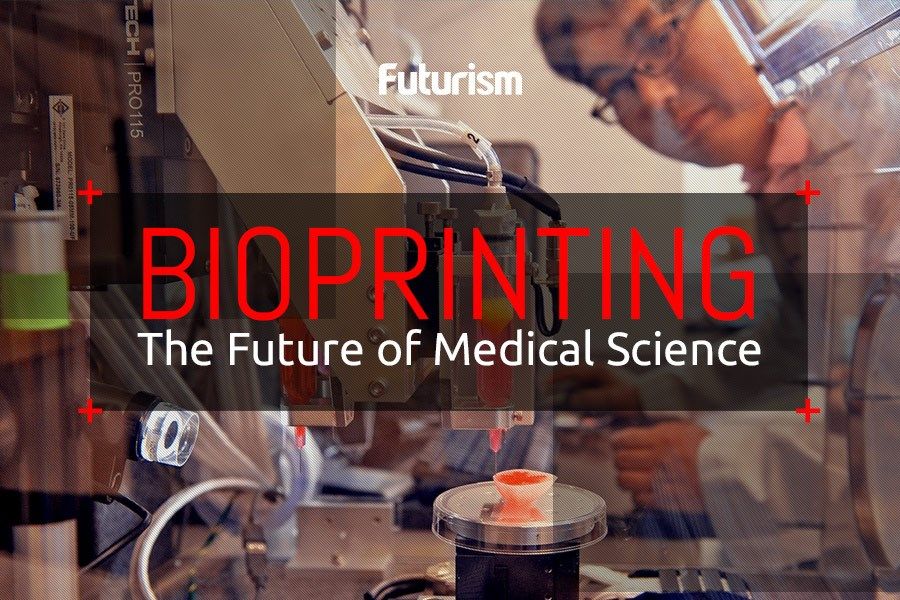
https://youtube.com/watch?v=-5jcq3RlxJQ
Cell by Cell
3D-printing technology has made significant strides over the past several years. What started as a tool for producing small objects can now be used to craft food, build houses, and even construct “space fabric.”
Continue reading “Scientists Have Developed a New Method to 3D-Print Living Tissue” »
Aug 15, 2017
This Molecule Found in Royal Jelly Is The Secret Ingredient to Speed Up Wound Healing
Posted by Shailesh Prasad in categories: biotech/medical, food
Honey bees really are tiny hardworking superheroes of the insect world — not only do they keep our agriculture going by pollinating many of our crops, but they also produce a myriad of beneficial substances, like honey and beeswax.
For thousands of years honey has been prized for its topical antiseptic properties. But now researchers have discovered that its lesser-known cousin, royal jelly, has special molecules that speed up wound healing.
Royal jelly is the superfood worker bees secrete and feed all their larvae, especially the queen bees. While queens are developing, they basically float in a pool of this stuff, and humans have figured out how to stimulate queen larva production to then harvest the royal jelly.
